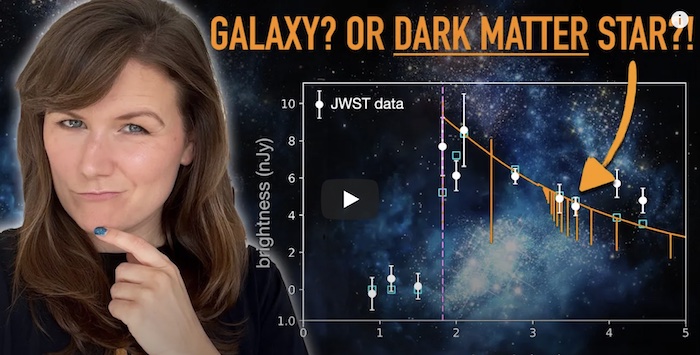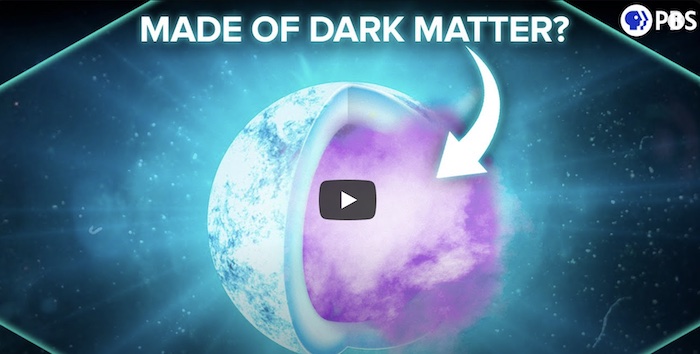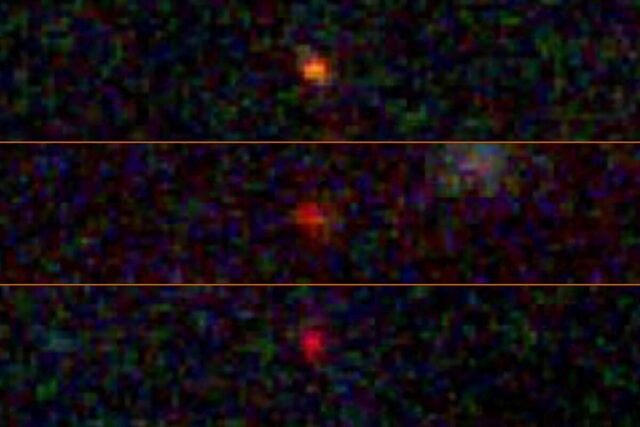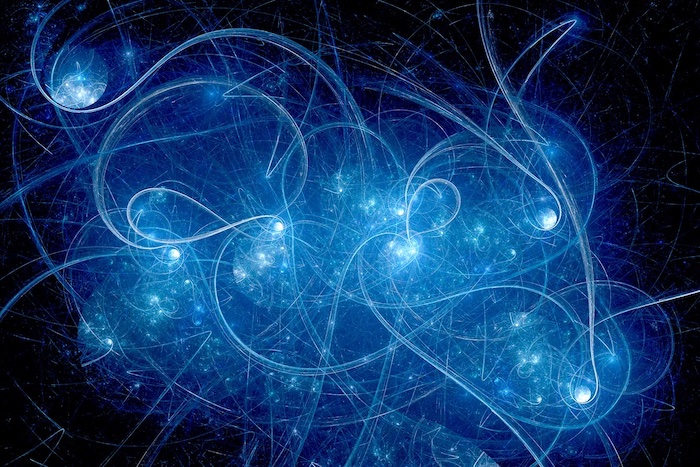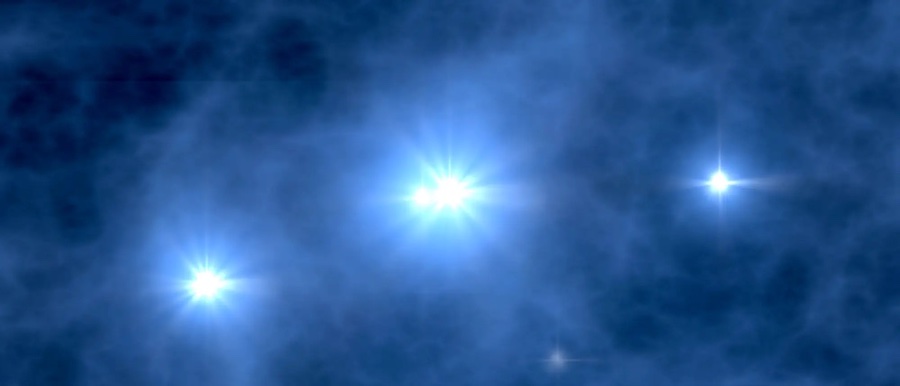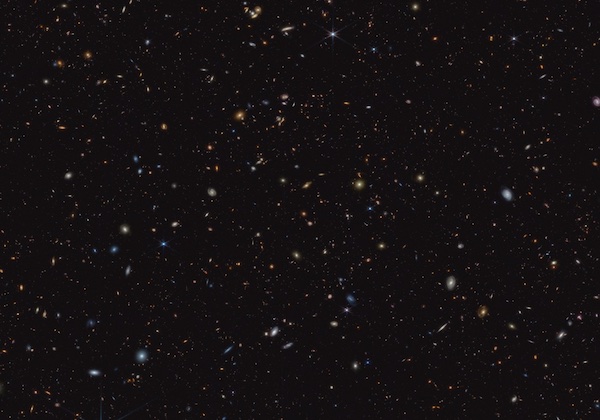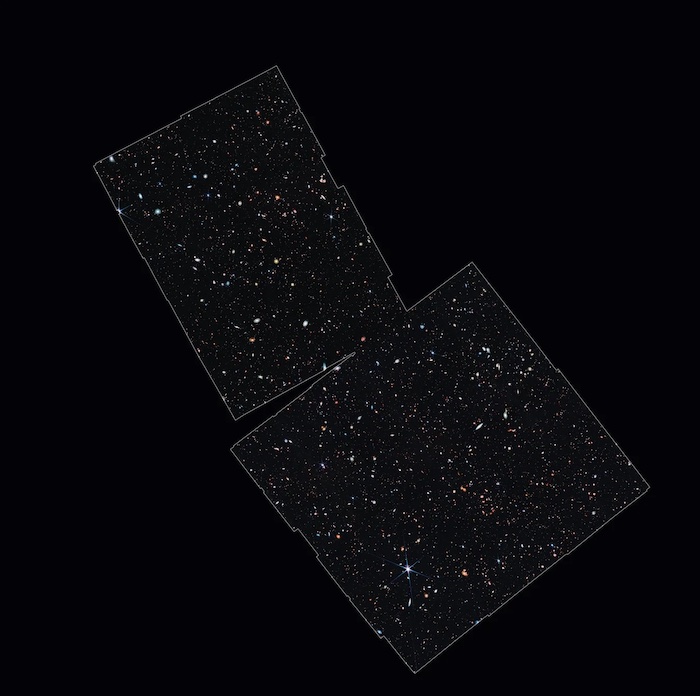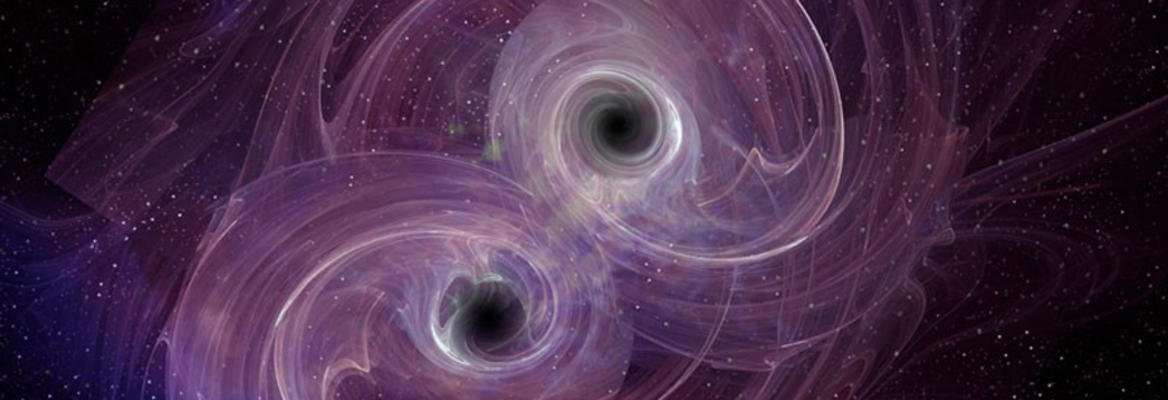Physics World: Dark Stars article by Sam Jarman
A trio of US astronomers has found compelling evidence for the existence of “dark stars” – hypothetical objects powered by the annihilation of dark matter. Dark stars could explain the unexpected abundance of ancient galaxies seen by the James Webb Space Telescope (JWST). Katherine Freese at the University of Texas, Austin along with Cosmin Ilie […]
Scientific American, “The Most Surprising Discoveries in Physics”
Ever since Isaac Newton and the falling apple, surprises have often pushed physics forward. Many truths about the universe we live in and the particles that make up ourselves and the world around us, as well as the forces that drive them, seemed to come out of left field when they were first discovered. For […]
Spektrum: Dark Stars article by Jan Hattenbach
Ein Forschungsteam behauptet, die ersten Sterne des Universums gefunden zu haben. Und es sind keine gewöhnlichen Sterne, sondern Objekte, die ihr Licht aus der Zerstrahlung von Dunkler Materie speisen.
Spektrum.de (German), “Dunkle Sterne mit James Webb Teleskop Entdeckt?”
Ein Forschungsteam behauptet, die ersten Sterne des Universums gefunden zu haben. Und es sind keine gewöhnlichen Sterne, sondern Objekte, die ihr Licht aus der Zerstrahlung von Dunkler Materie speisen.
Physics Magazine: Dark Stars article by Michael Schirber
The first stars were likely very different from the stars that light up our nights. The common hypothesis is that the first generation of stars were big—as much as a hundred times more massive than our Sun—and that they shone hot and bright from nuclear reactions in their cores. Another possibility is that these stars […]
Scientific American: Dark Stars article by Stephanie Pappas
In a first, the James Webb Space Telescope (JWST) might have glimpsed a rare type of star that astronomers aren’t even sure exists. These stellar objects, called dark stars, might have been fueled not by nuclear fusion but by the self-annihilation of dark matter—the invisible stuff that is thought to make up about 85 percent […]
Reuters: Webb telescope captures tantalizing evidence for mysterious ‘dark stars’ article by Will Dunham
The three objects spotted by Webb, which was launched in 2021 and began collecting data last year, were initially identified last December as some of the universe’s earliest-known galaxies but, according to researchers, instead might actually be humongous dark stars.
Institute of Art and Ideas (IAI )Festival London 2023, “There were two Big Bangs,” article by Freese and Winkler
The big bang was the origin of everything in the universe. Or so we thought. Most – 95% no less – of the universe is dark matter and dark energy. It has long been assumed that the big bang was the origin of this dark matter and energy in the universe, as well as the […]

